

Our innovative placemaking framework sets out eight design principles that define how Redrow achieve sustainable development on all of our sites.
Designing sustainable communities
Our eight design principles are:
- Listen to learn
- Keeping it local
- Easy to get around
- Places to go & things to do
- Nature for people
- Streets for life
- Homes for all
- Built to impress
Listen to learn
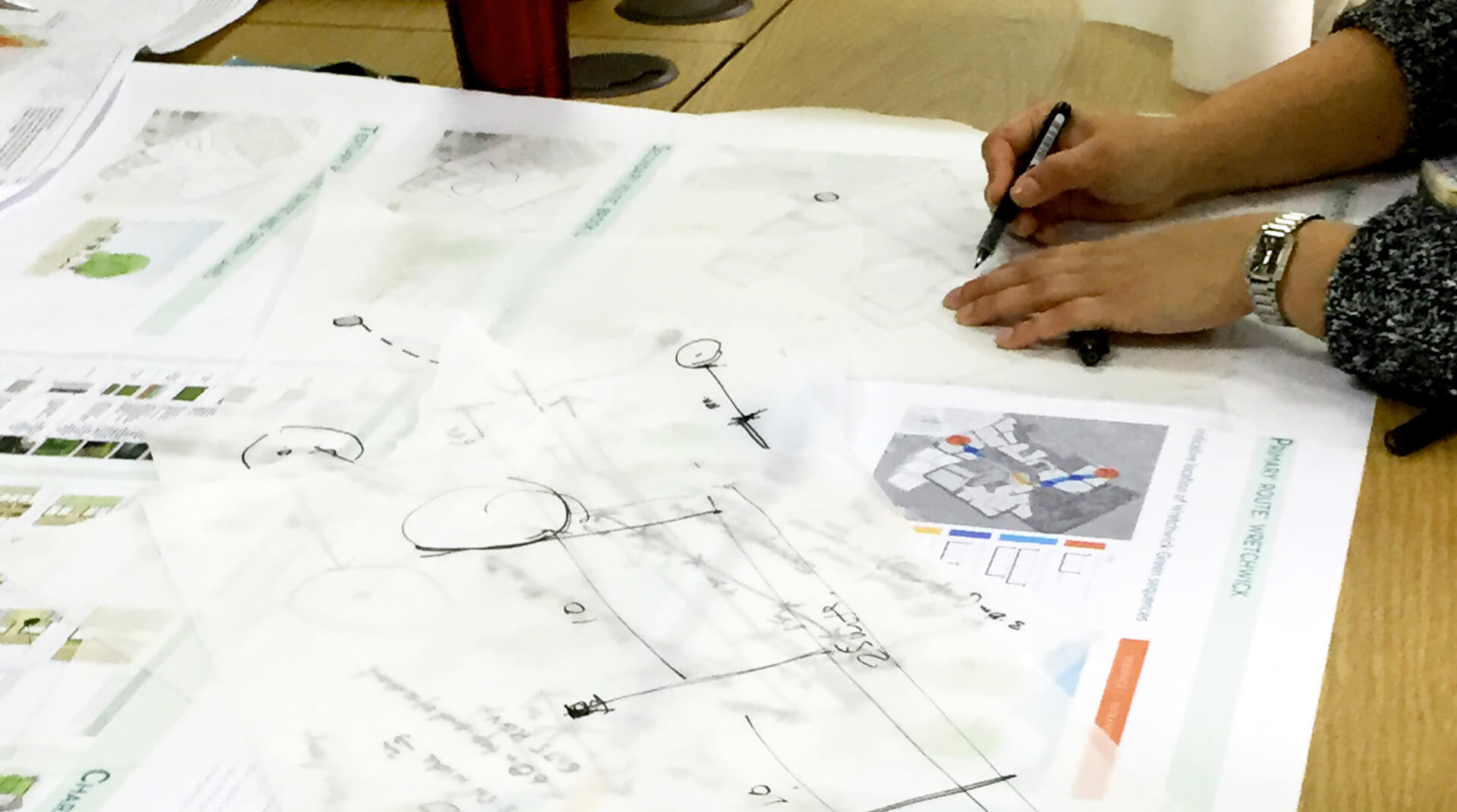
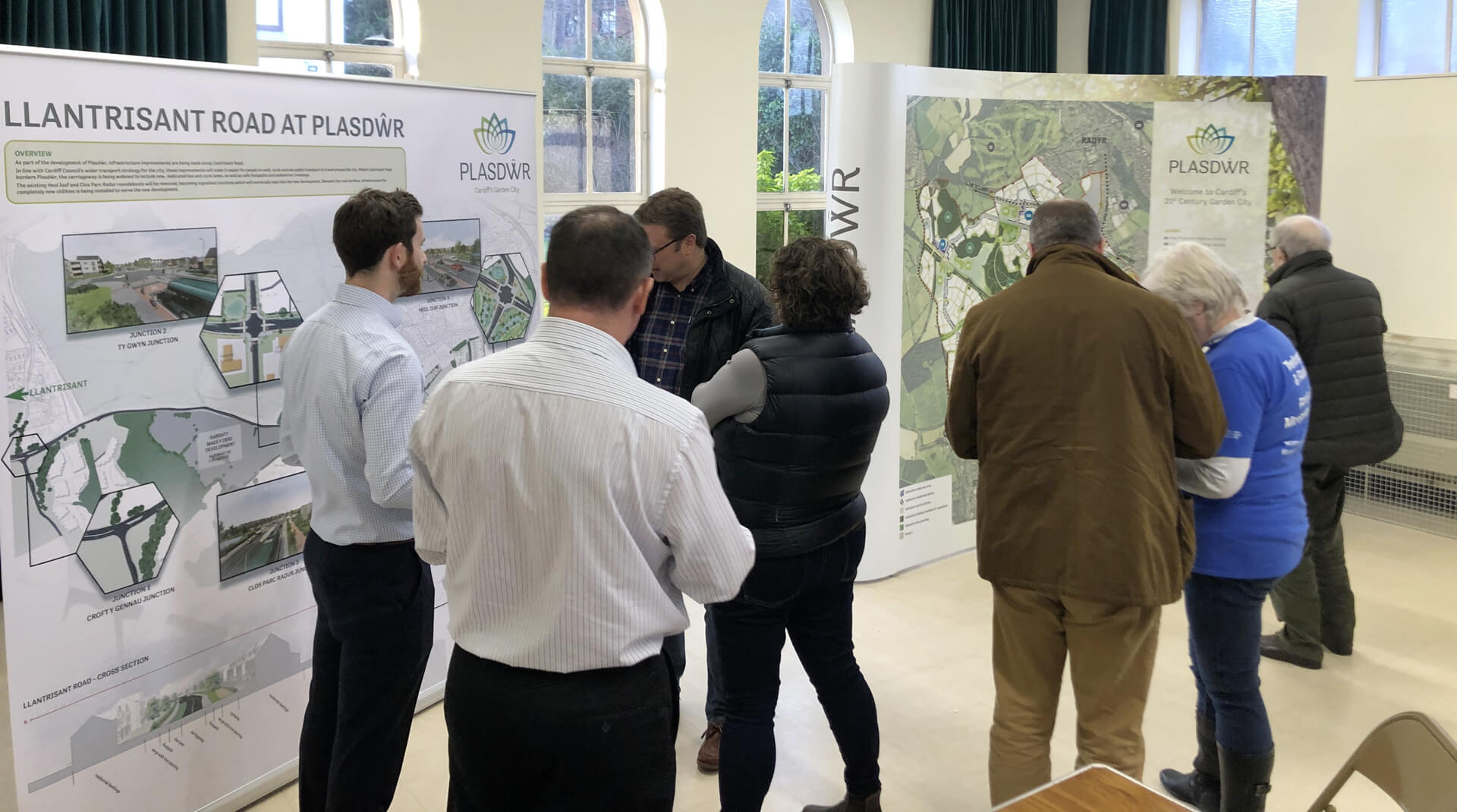
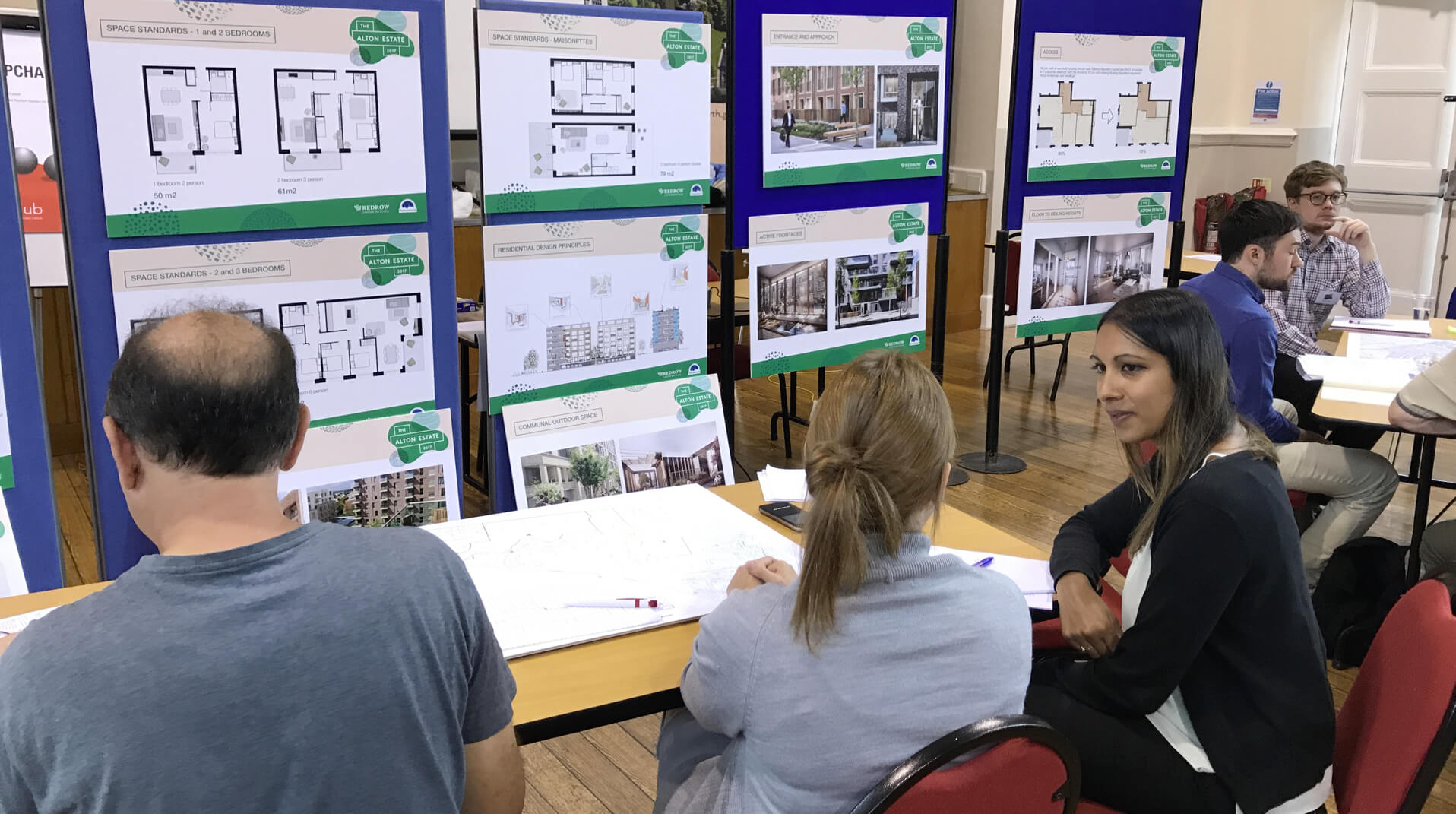
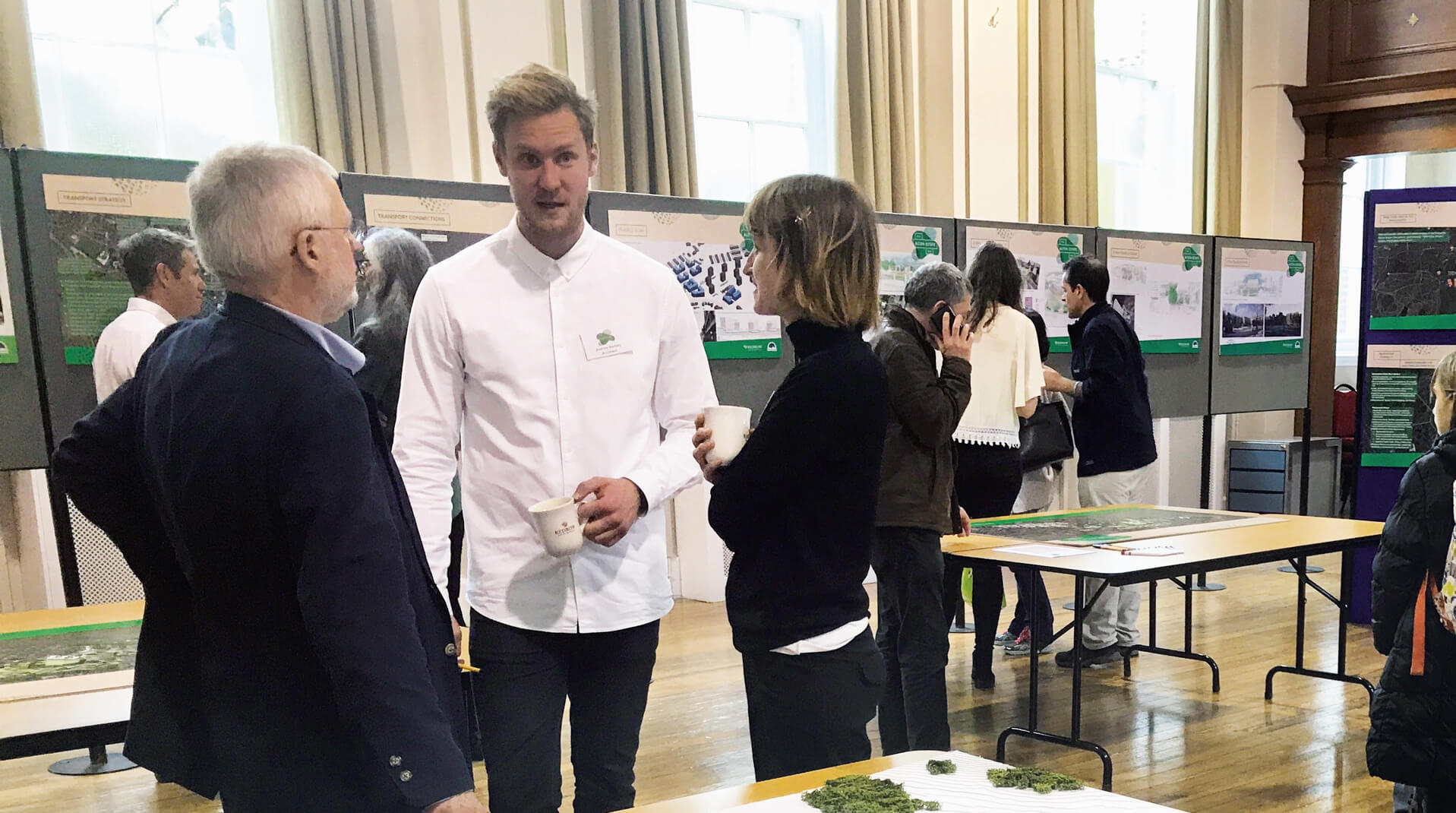
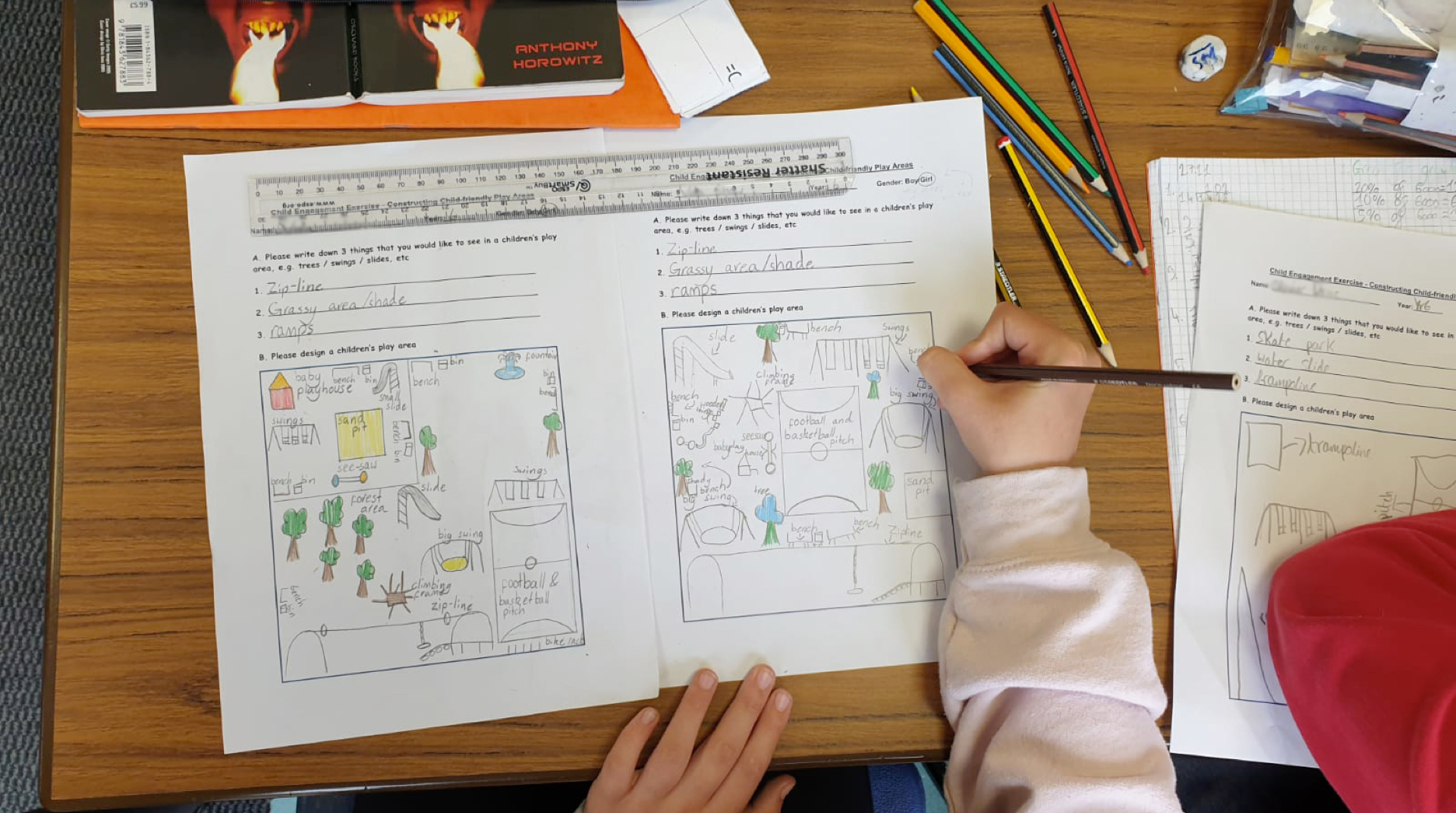
By listening and engaging with local communities and others at an early stage means we can consider how local views should inform our proposals and shape the vision for the new development.
We use various methods to capture the views of the local community including design workshops, public exhibitions and digital consultation methods.
Listen to Learn is also about listening to our existing customers and collating feedback on our homes and the design of our places which informs the design of new places in the future.
Keeping it local

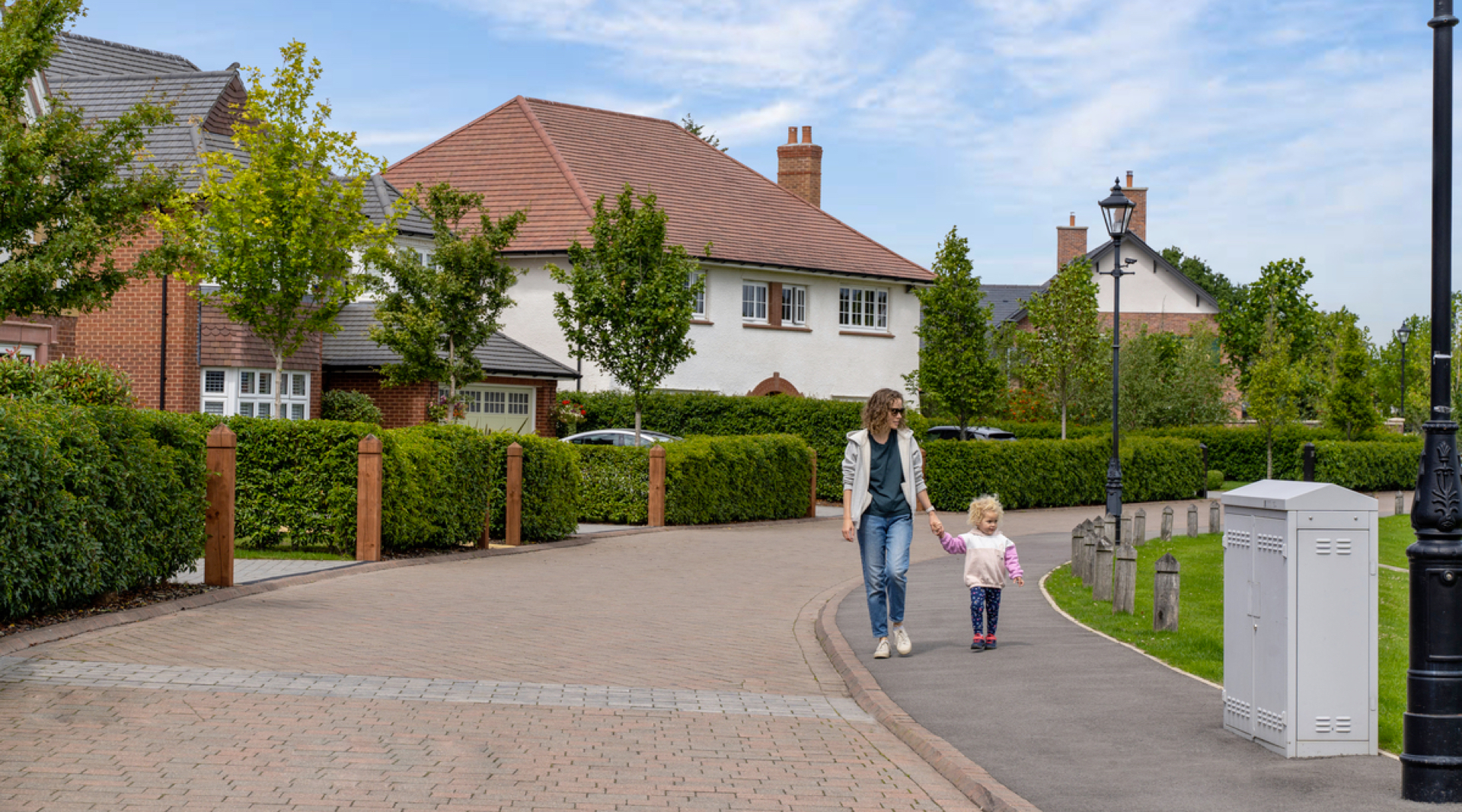
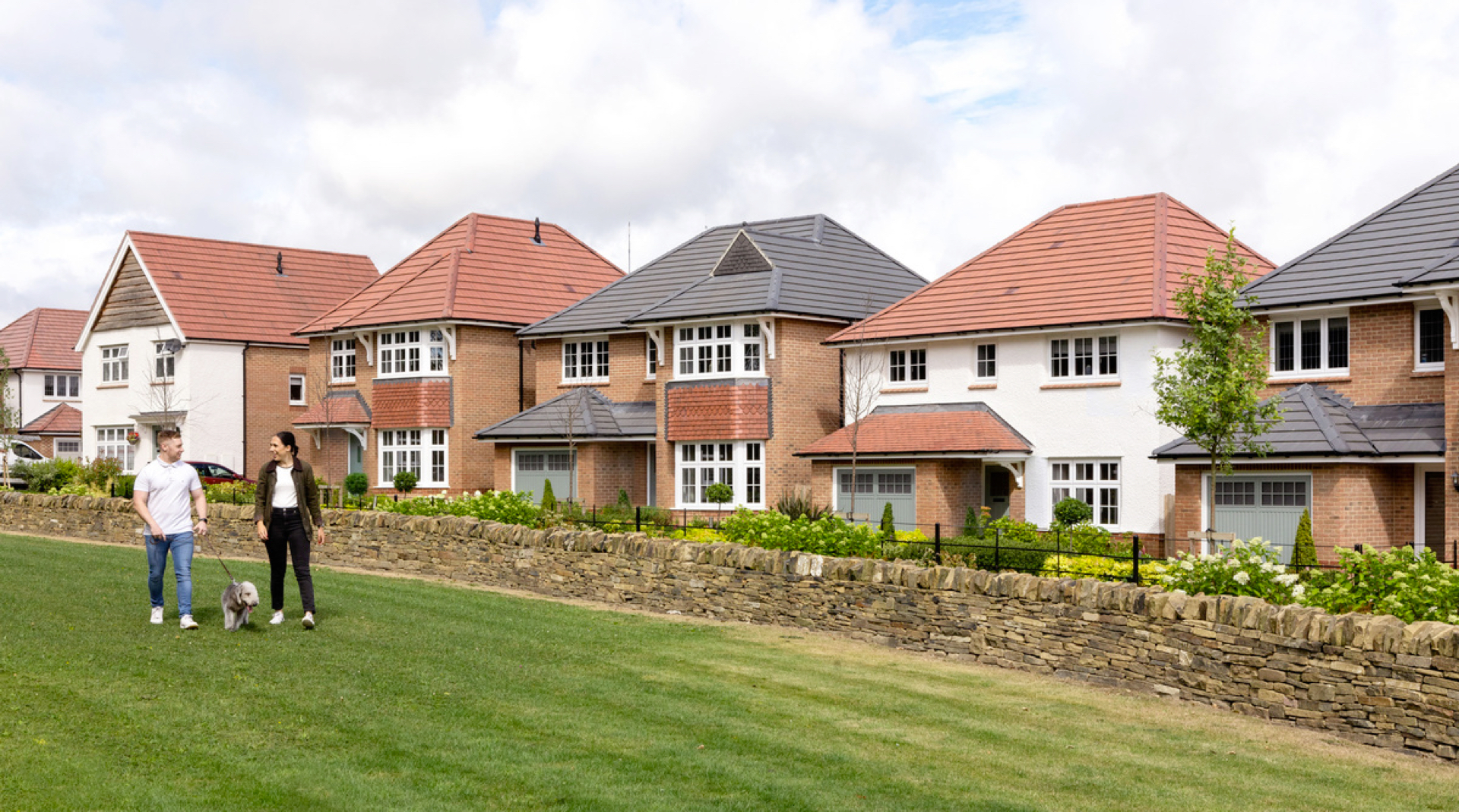
Understanding the unique and important characteristics of the site and its locality helps us create a distinctive and responsive new community that knits into the wider area.
This is done by retaining and incorporating important feature such as mature trees and other landscape features in to the new development as well as by using locally distinctive materials on our homes.
Wherever possible we will also strive to create connections to the local area for pedestrians and cyclists to help tie the new community into the locality and make it easy to reach local destinations.
Easy to get around

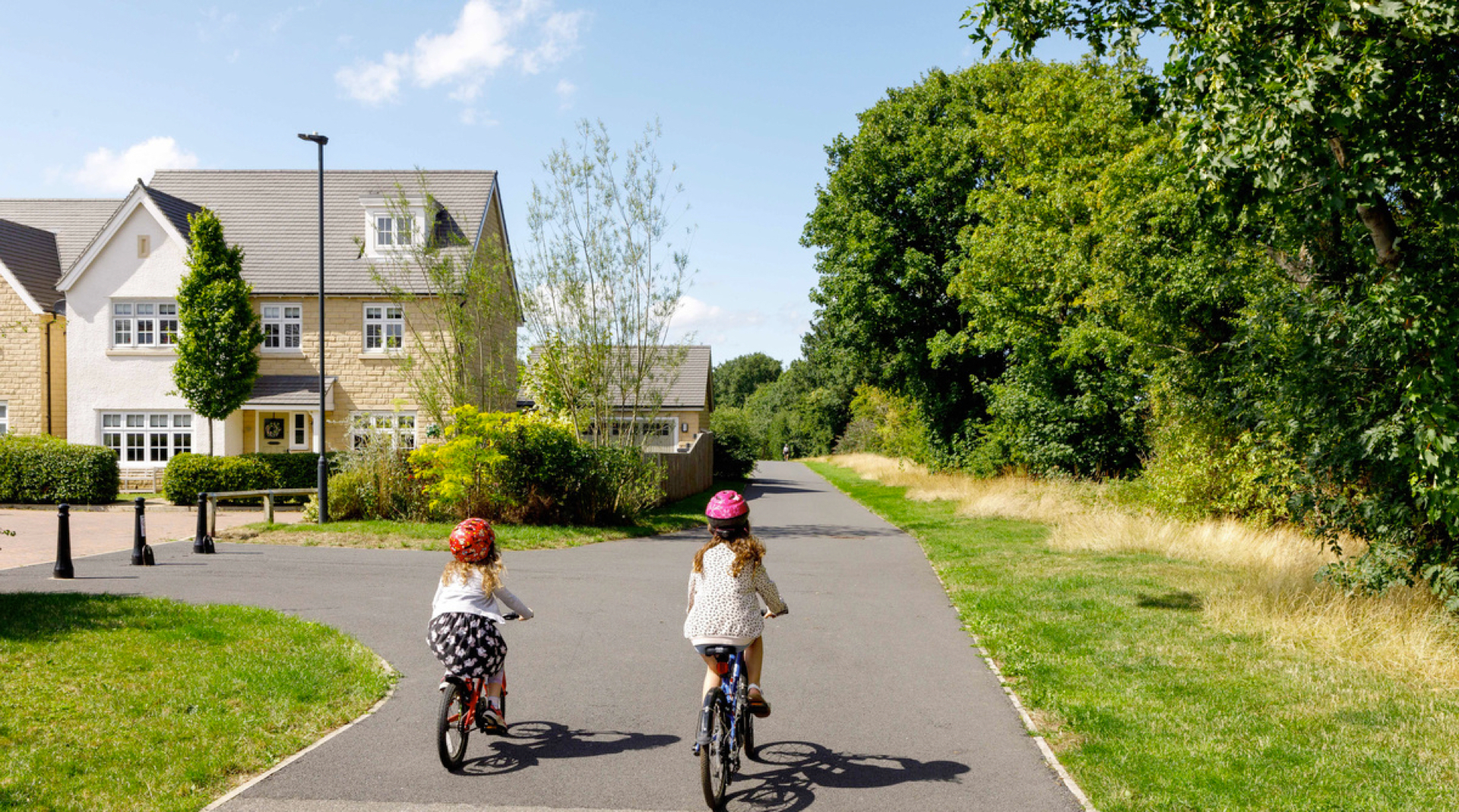
We aim to provide well-connected new communities that provide for a range of ways of getting around including walking and cycling. This provides the opportunity to make sustainable transport choices as well as benefit health and wellbeing.
Wherever possible we integrate new foot and cycle paths with green corridors and spaces so that the routes are as attractive as possible.
Making our places well-connected and easy to navigate makes them accessible to everyone.
Places to go & things to do

Wherever possible we strive to deliver a range of destinations within our new communities.
On larger developments this may include new facilities such as a school, shops or a pub and on smaller sites it may mean a walking loop, nature pond, seating area, wildflower meadow, community orchard or allotments.
Having a place to go of something to do gives our new places focal points for activity and helps to deliver a sense of community and belonging.
Nature for people

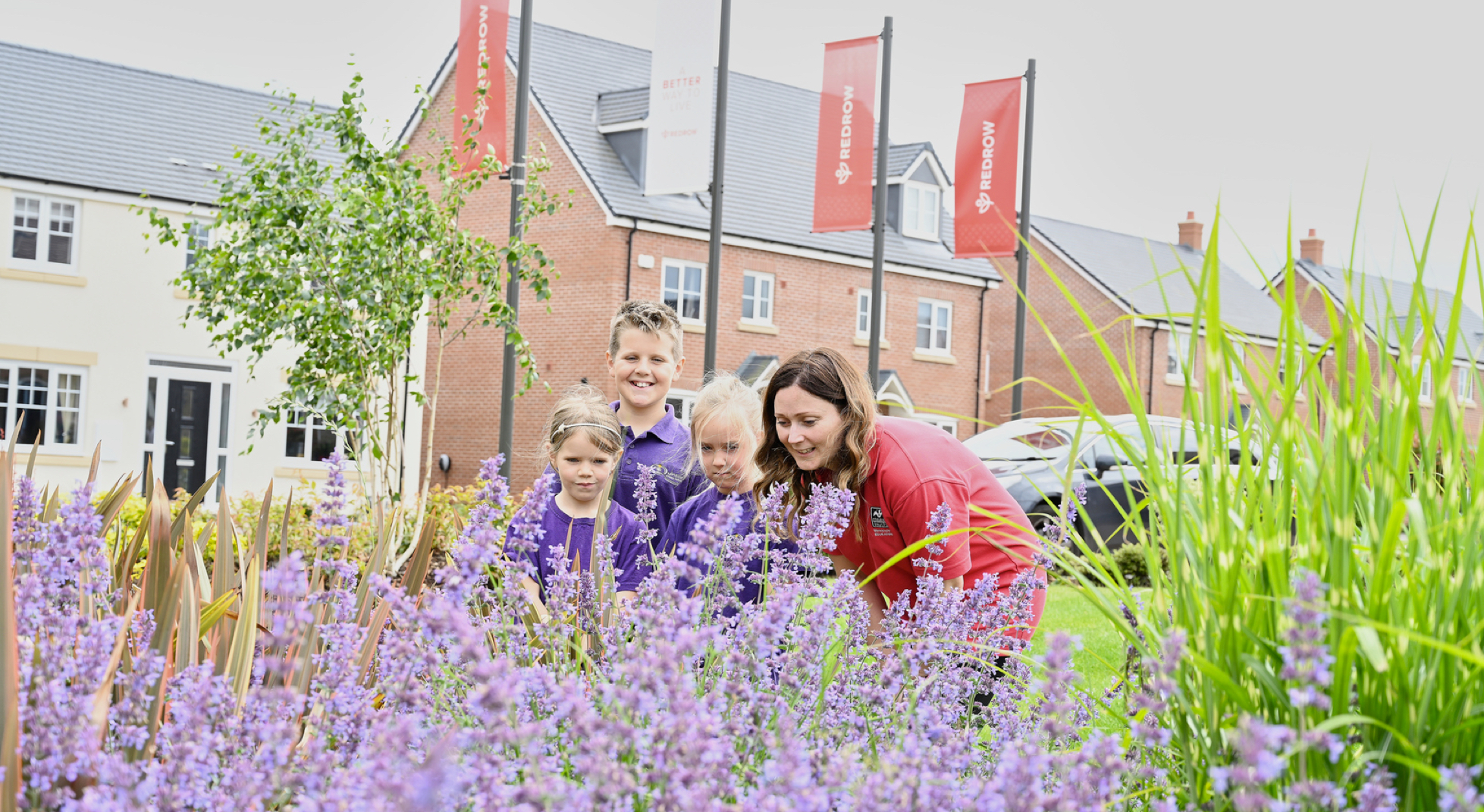
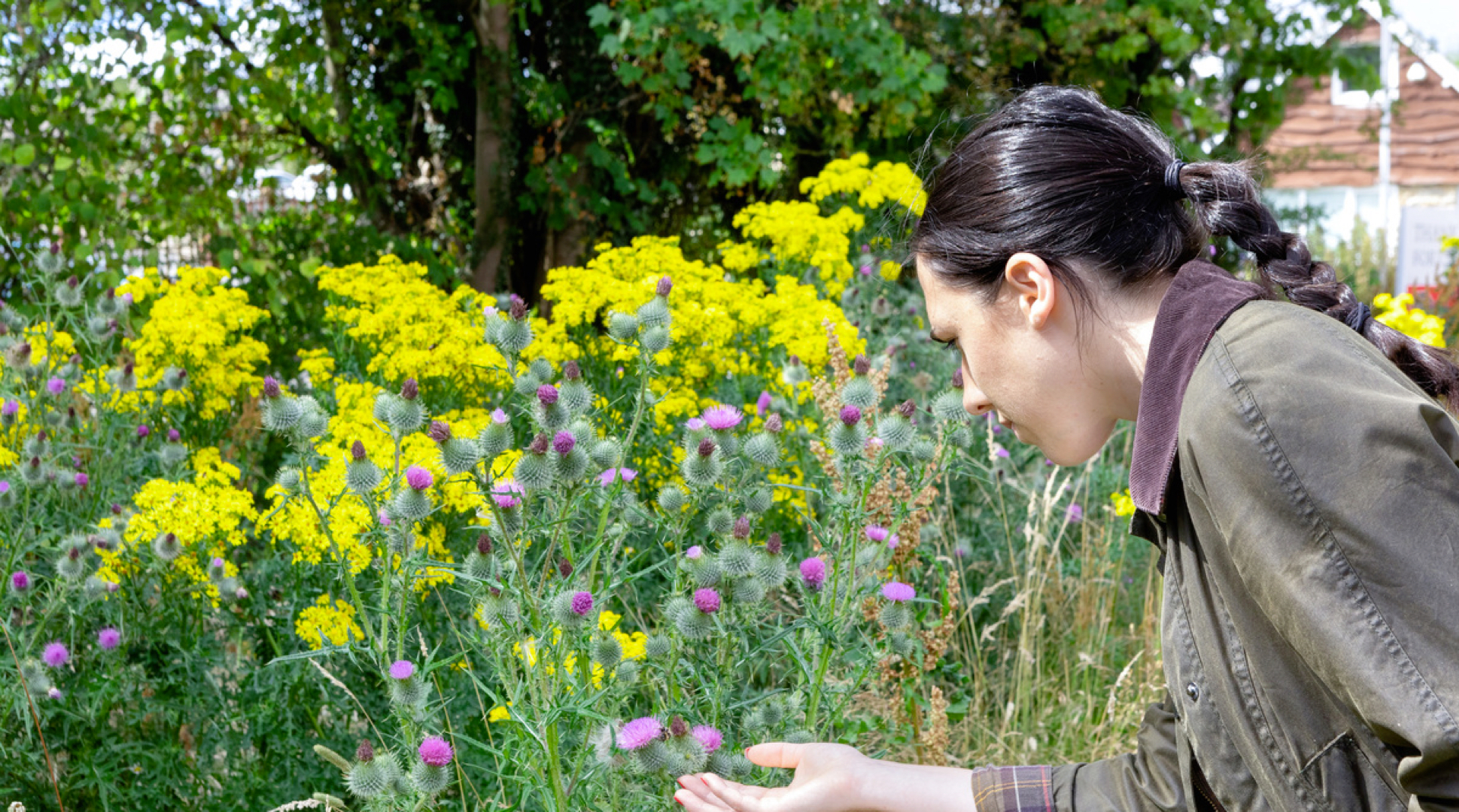
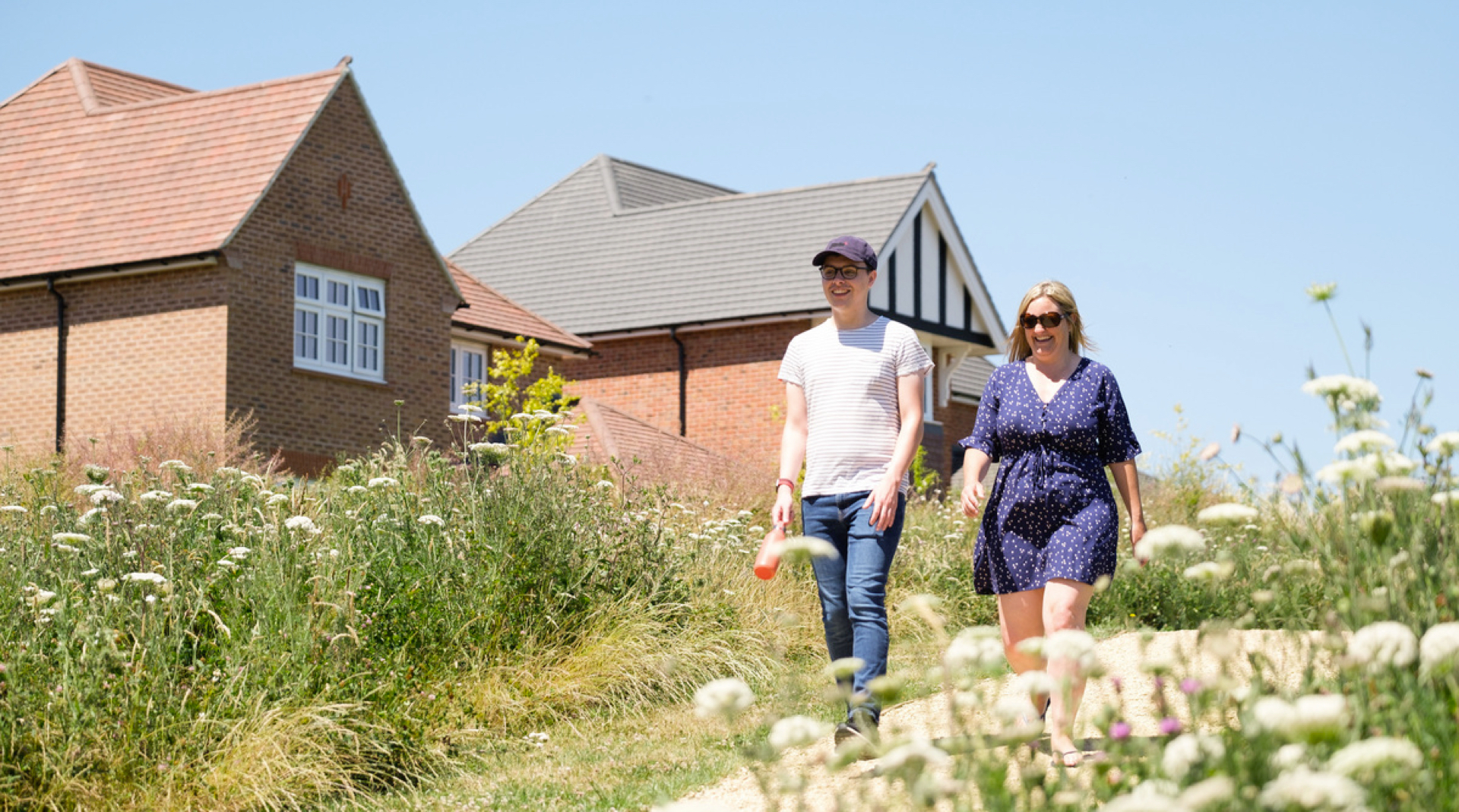
Enhancing existing and creating new wildlife habitats and connecting people to these places through thoughtful design enriches the environment on so many levels.
By retaining and enhancing natural assets such as trees, hedgerows and water features and making them accessible we are creating attractive spaces and places that enhance health and wellbeing.
Wherever possible we will incorporate natural spaces and wildlife habitats within a network of green infrastructure that is connected by footpaths and cycleways.
Streets for life

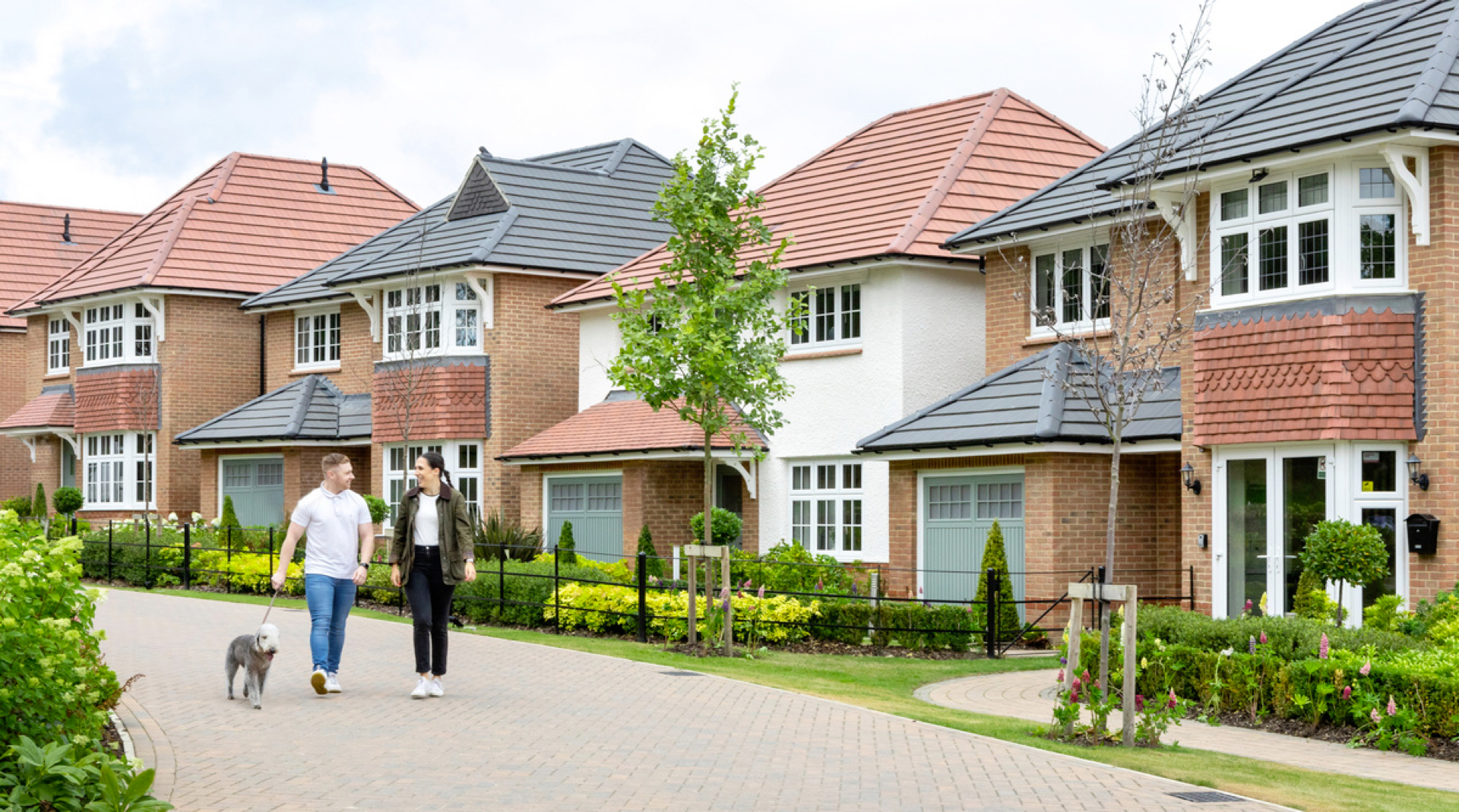
By designing streets as spaces and places for people we can create a network of safe and attractive routes for pedestrians and cyclists.
Safe, attractive and welcoming streets help to create a sense of community as well as making it easier to live a healthier lifestyle.
We aim to create a clear hierarchy of streets from tree-lined avenues down to quieter ‘shared surface spaces’ all of which are enclosed and defined by our attractive homes.
Homes for all

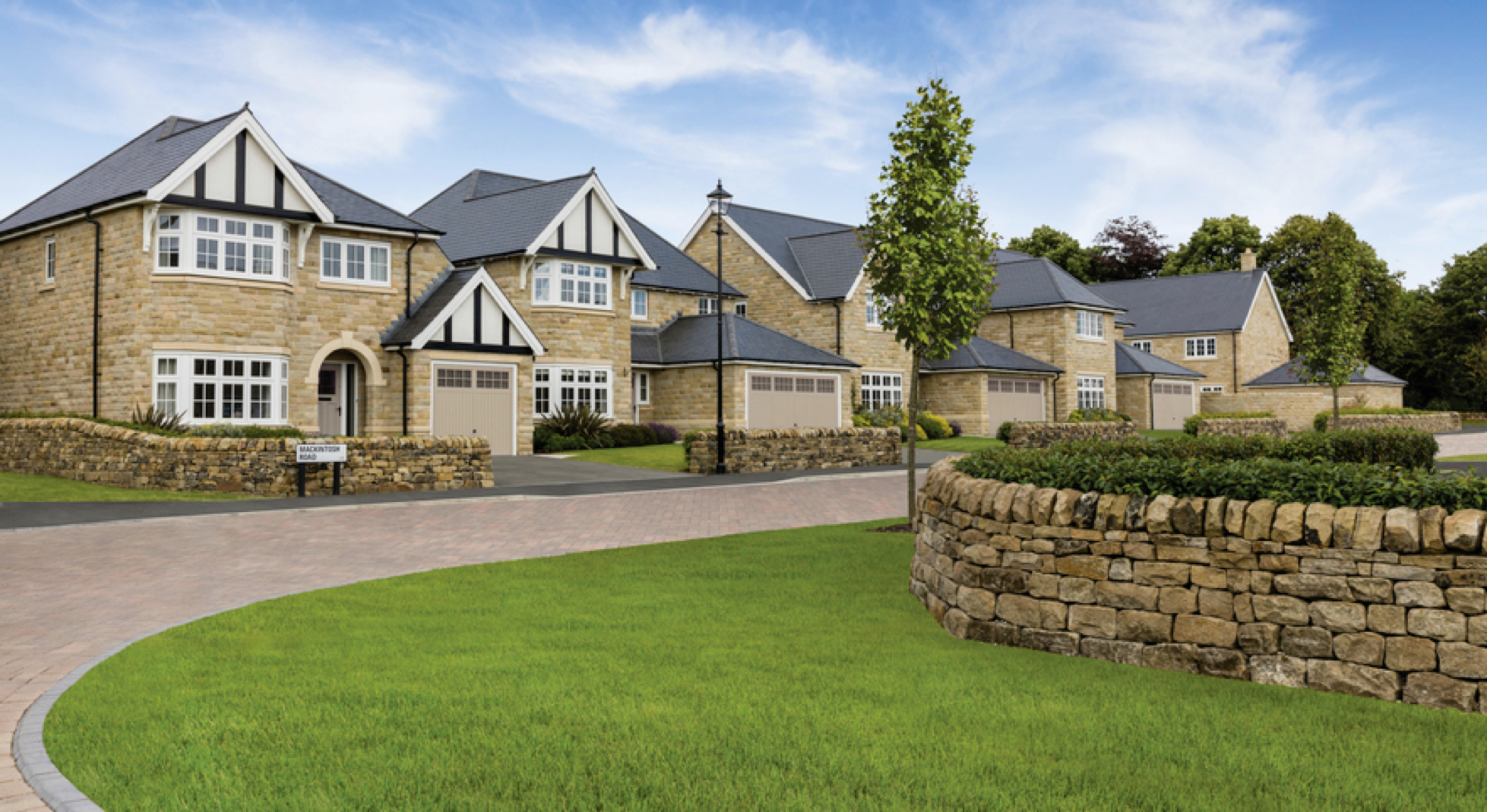
We strive to create balanced and thriving communities which contain a range of house types and sizes.
These include 1, 2, 3, 4 and 5 bedroom homes as well as bespoke accommodation such as homes for the elderly and bungalows.
Our Heritage Collection range includes a wide range of house types and sizes in an attractive and timeless style that creates harmonious and interesting street scenes.
Built to impress

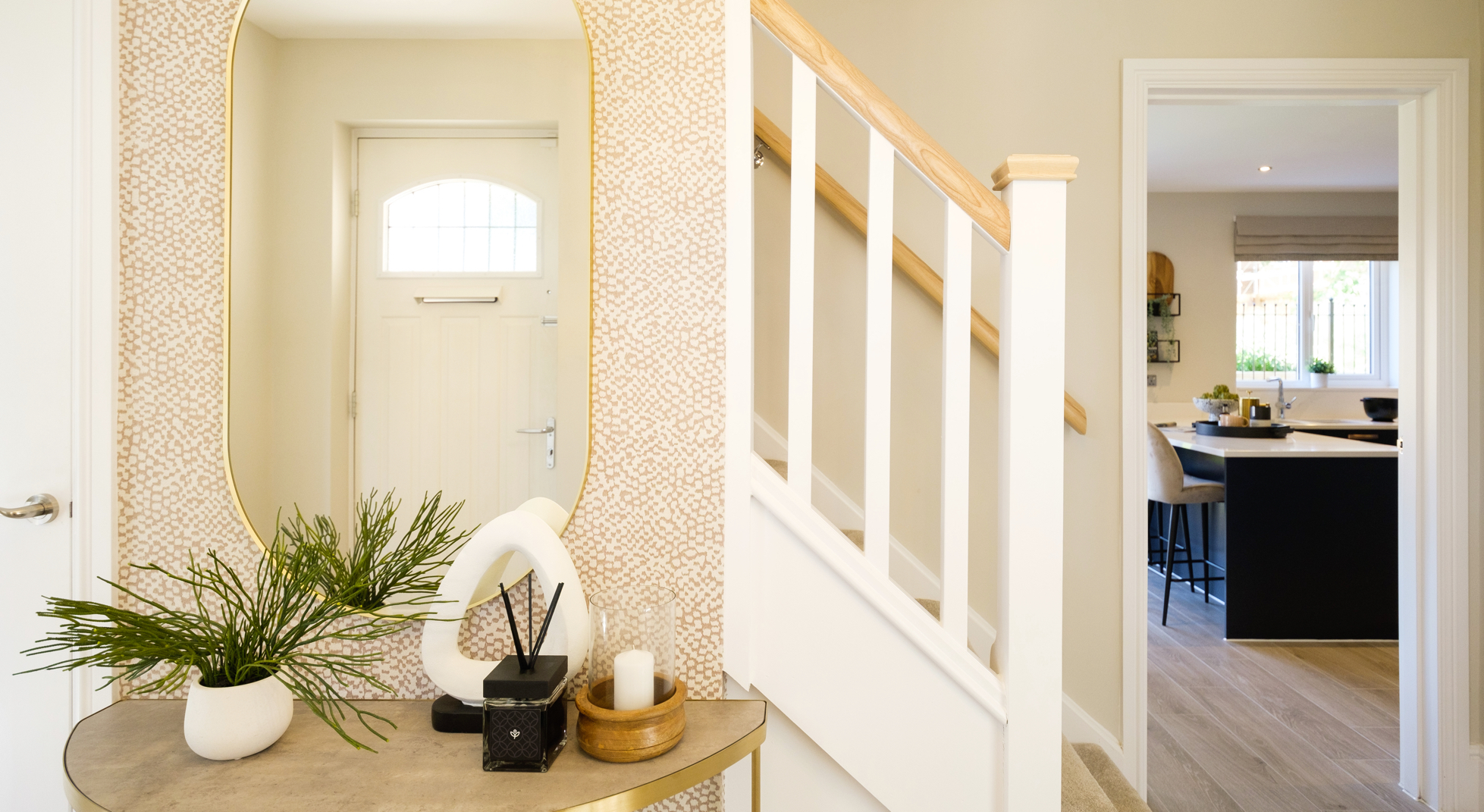
We aim to create instant ‘kerb appeal’ and pride in the home and the street it is on with our beautiful homes and landscaping.
Impressive entrances to the home, the street and the community as a whole are important in creating a ‘sense of arrival’ and the notion of arriving home.
When all of our placemaking principles come together the overall effect and impact is greater than the sum of the parts to create truly impressive, thriving communities.
DESIGNING SUSTAINABLE COMMUNITIES

Click each of our eight design principles to find out more information
Listen to learn





By listening and engaging with local communities and others at an early stage means we can consider how local views should inform our proposals and shape the vision for the new development.
We use various methods to capture the views of the local community including design workshops, public exhibitions and digital consultation methods.
Listen to Learn is also about listening to our existing customers and collating feedback on our homes and the design of our places which informs the design of new places in the future.
Keeping it local



Understanding the unique and important characteristics of the site and its locality helps us create a distinctive and responsive new community that knits into the wider area.
This is done by retaining and incorporating important feature such as mature trees and other landscape features in to the new development as well as by using locally distinctive materials on our homes.
Wherever possible we will also strive to create connections to the local area for pedestrians and cyclists to help tie the new community into the locality and make it easy to reach local destinations.
Easy to get around


We aim to provide well-connected new communities that provide for a range of ways of getting around including walking and cycling. This provides the opportunity to make sustainable transport choices as well as benefit health and wellbeing.
Wherever possible we integrate new foot and cycle paths with green corridors and spaces so that the routes are as attractive as possible.
Making our places well-connected and easy to navigate makes them accessible to everyone.
Places to go & things to do

Wherever possible we strive to deliver a range of destinations within our new communities.
On larger developments this may include new facilities such as a school, shops or a pub and on smaller sites it may mean a walking loop, nature pond, seating area, wildflower meadow, community orchard or allotments.
Having a place to go of something to do gives our new places focal points for activity and helps to deliver a sense of community and belonging.
Nature for people




Enhancing existing and creating new wildlife habitats and connecting people to these places through thoughtful design enriches the environment on so many levels.
By retaining and enhancing natural assets such as trees, hedgerows and water features and making them accessible we are creating attractive spaces and places that enhance health and wellbeing.
Wherever possible we will incorporate natural spaces and wildlife habitats within a network of green infrastructure that is connected by footpaths and cycleways.
Streets for life


By designing streets as spaces and places for people we can create a network of safe and attractive routes for pedestrians and cyclists.
Safe, attractive and welcoming streets help to create a sense of community as well as making it easier to live a healthier lifestyle.
We aim to create a clear hierarchy of streets from tree-lined avenues down to quieter ‘shared surface spaces’ all of which are enclosed and defined by our attractive homes.
Homes for all

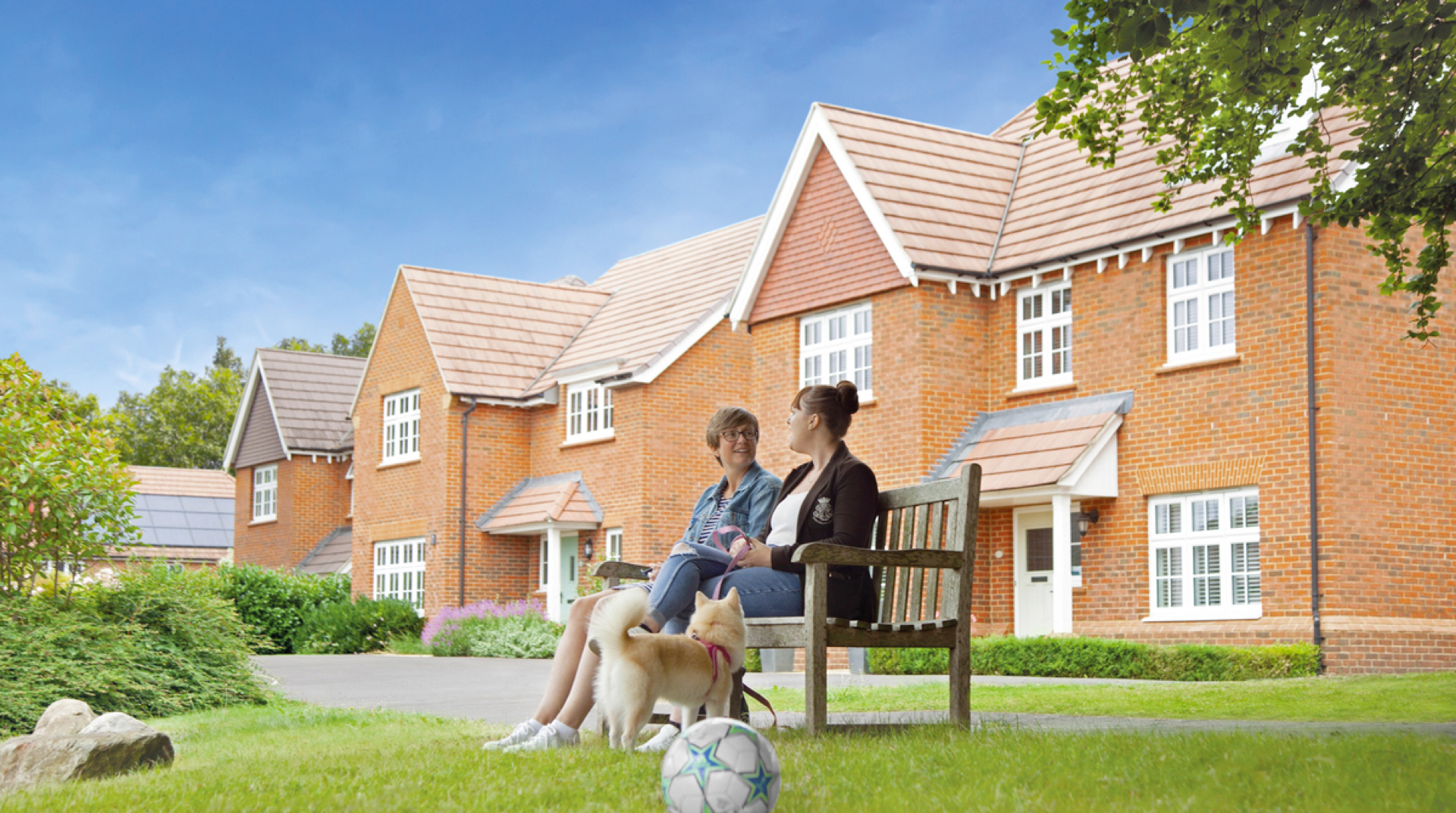
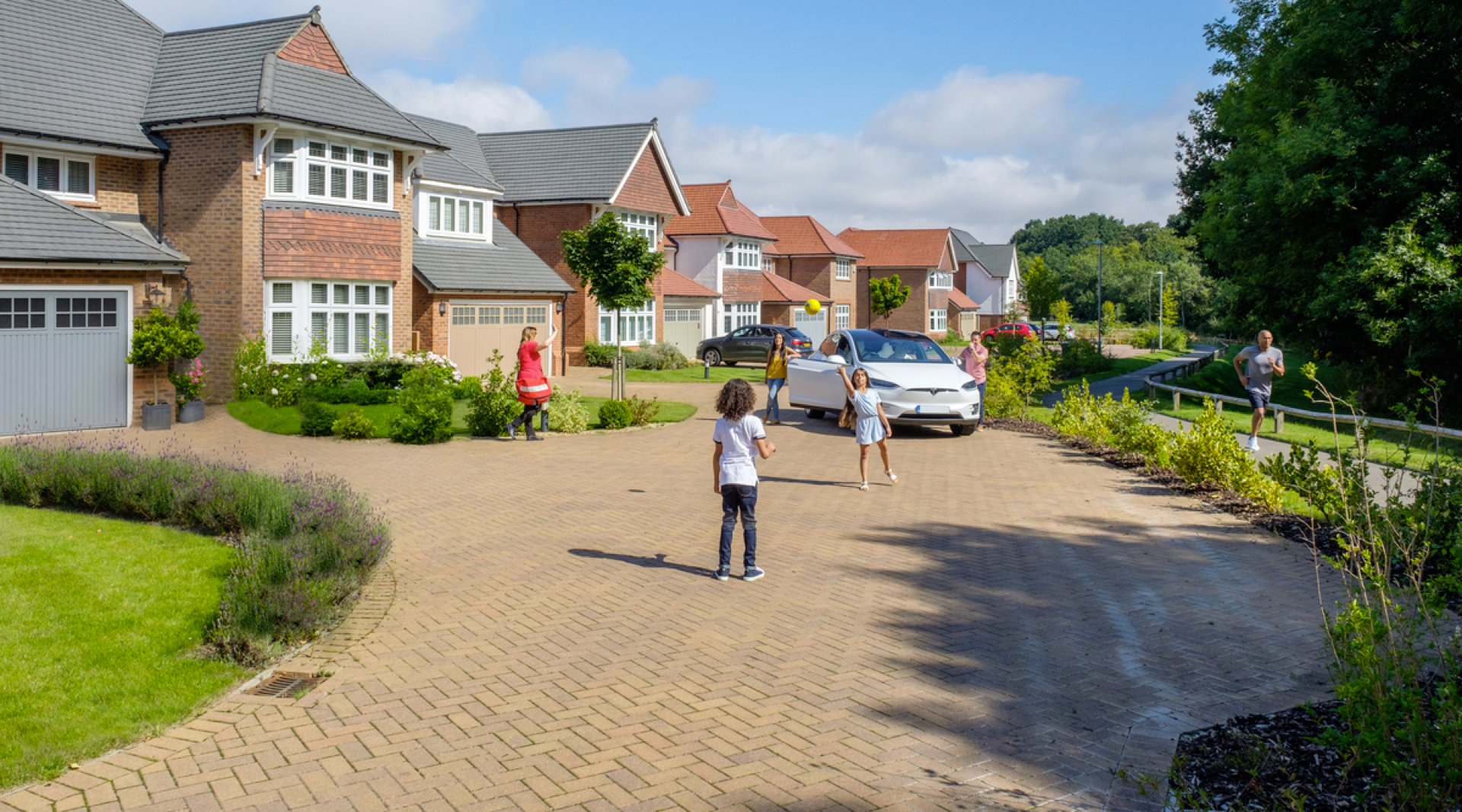
We strive to create balanced and thriving communities which contain a range of house types and sizes.
These include 1, 2, 3, 4 and 5 bedroom homes as well as bespoke accommodation such as homes for the elderly and bungalows.
Our Heritage Collection range includes a wide range of house types and sizes in an attractive and timeless style that creates harmonious and interesting street scenes.
Built to impress


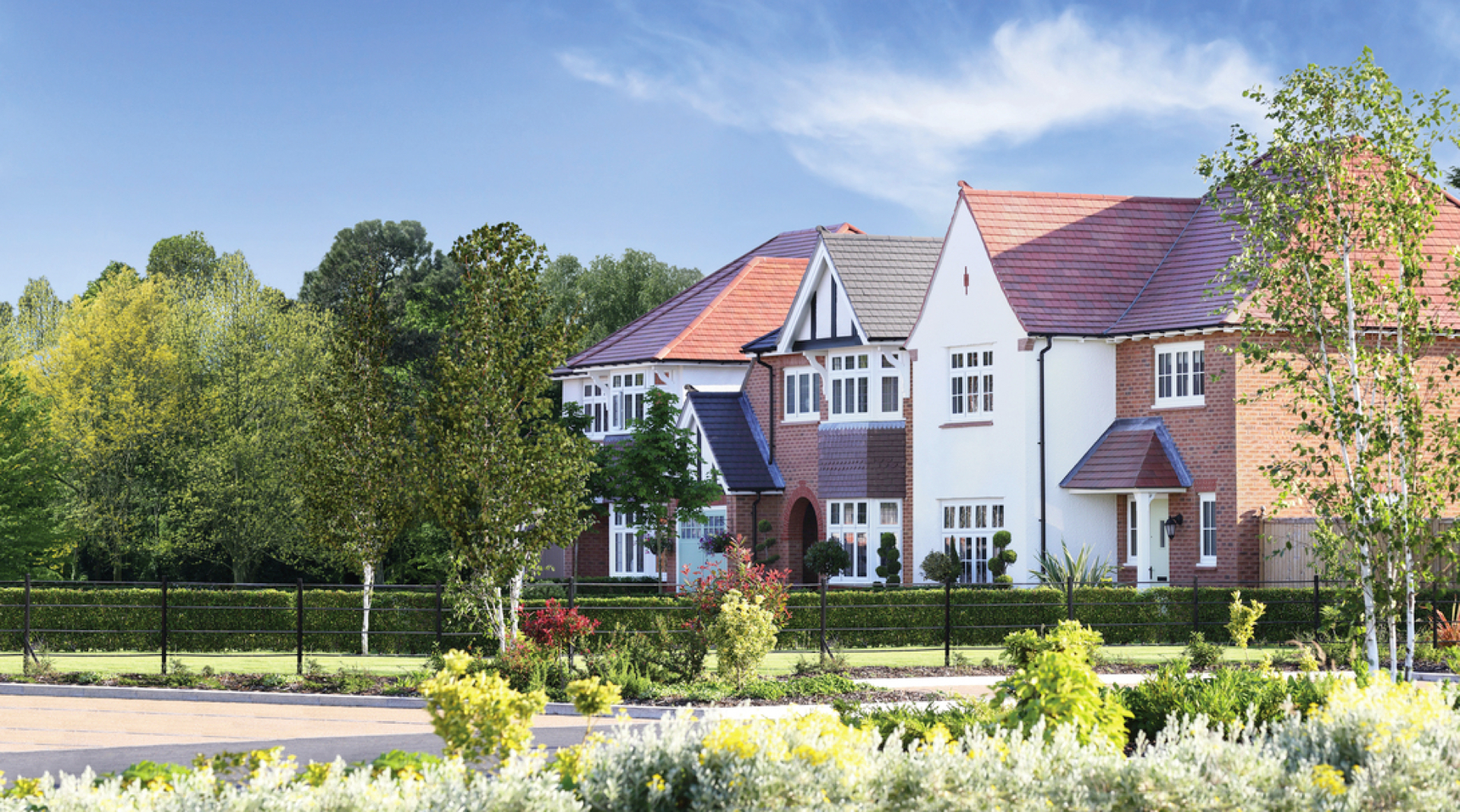
We aim to create instant ‘kerb appeal’ and pride in the home and the street it is on with our beautiful homes and landscaping.
Impressive entrances to the home, the street and the community as a whole are important in creating a ‘sense of arrival’ and the notion of arriving home.
When all of our placemaking principles come together the overall effect and impact is greater than the sum of the parts to create truly impressive, thriving communities.
Community engagement
At Redrow, our placemaking design principle ‘Listen to Learn’ recognises that an important element to creating a successful place is that it responds to the needs and aspirations of the local community and other stakeholders. ‘Listen to Learn’ is how we articulate how we assess these local needs to inform the design brief for developments. This includes requirements to follow the Redrow Community Participation Guide which is contained within our Redrow 8 guidance document. This Guide has been developed with two leading practitioners in Urban Design - Dr Stefan Kruczkowski and Dr Laura B. Alvarez along with our Group Master Planning Directors, Kevin Parker. The guidance is based on best practice standards for community participation and includes details on early consultation, tailoring events to suit the community and using a variety of communication channels, evaluating how the community values its assets, clear jargonfree messaging, open listening and genuine desire to challenge our own ideas and opinions, honesty and transparency, ensuring an open and interesting process, focusing on lasting community benefits, ensuring ongoing communication beyond consultation, and post-occupancy evaluation. We use these principles across our developments, which take the form of a range of different types of consultations relevant to the local situation - detailed design workshops, competitions, community planning forums and Planning for Real events.
SUSTAINABLE TRANSPORT NODES
During our 2022 financial year, 47% of our developments had initiatives to reduce personal car dependency. Many of our developments have a ‘Travel plan’ in place at the point of planning permission and this sets out the initiatives and planned infrastructure improvements to encourage sustainable or active travel modes, for example cycle paths, vouchers for new bikes, subsidised bus services and new walking and cycling connections. This ensures our development and surrounding communities are provided with a choice to use more sustainable transport modes.

Our commitments
Find out about our commitments to placemaking and how we're progressing
Find out moreOther pages you may be interested in

Community investment
Find out more
Nature for people
Find out more
